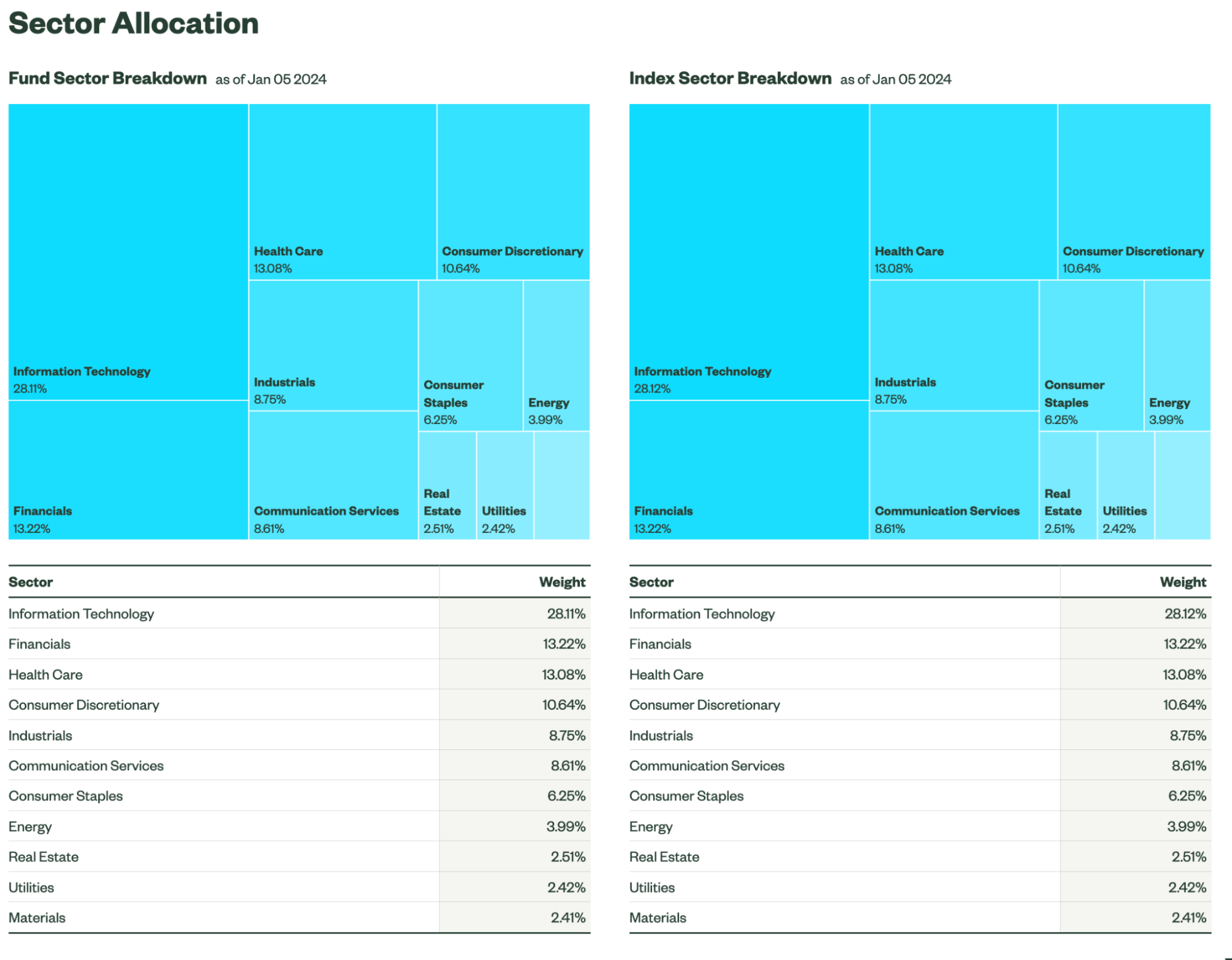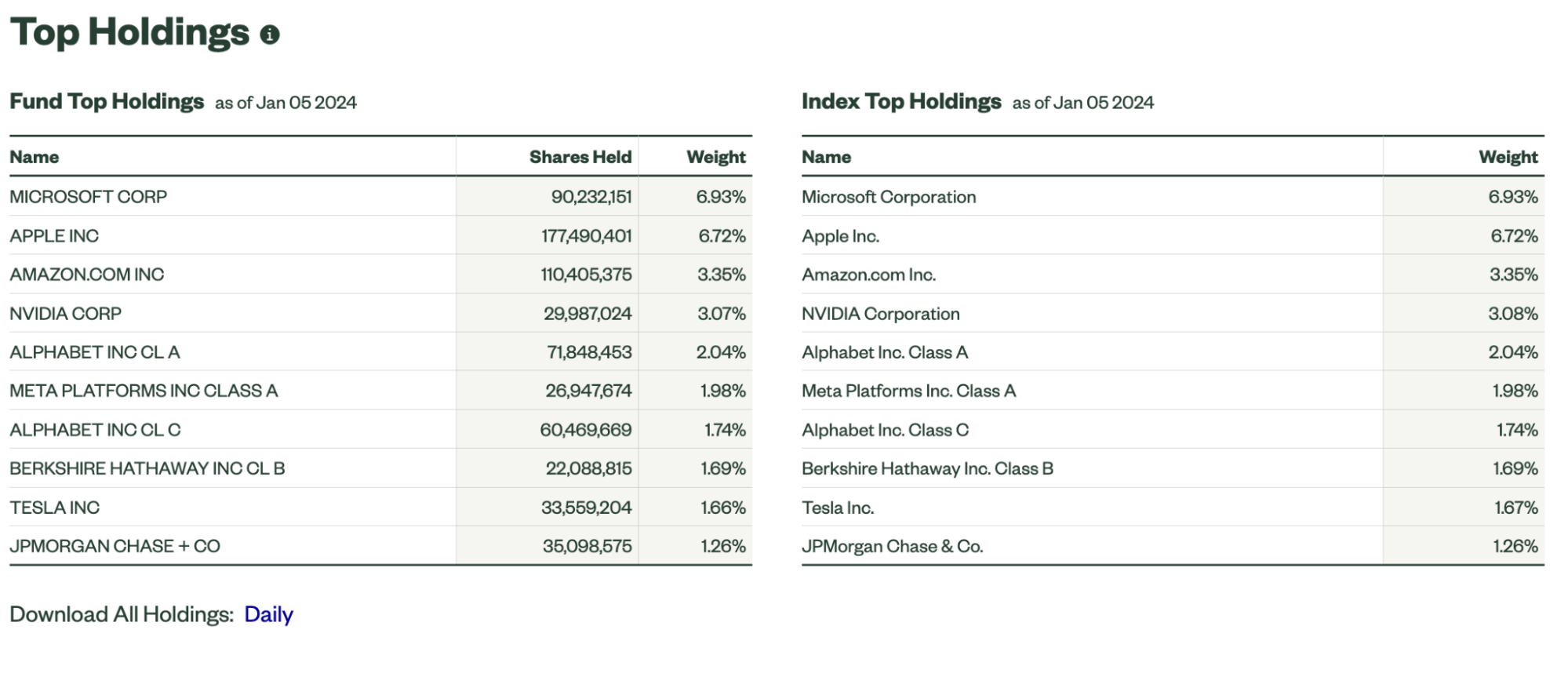What is the SPY ETF?




Our writers and editors used an in-house natural language generation platform to assist with portions of this article, allowing them to focus on adding information that is uniquely helpful. The article was reviewed, fact-checked and edited by our editorial staff prior to publication.
The SPDR S&P 500 ETF trust, listed on the New York Stock Exchange as SPY, is a popular exchange-traded fund (ETF) that tracks the performance of the S&P 500 index. SPY is the first ETF listed in the U.S. and debuted in 1993. The fund offers investors exposure to around 500 of the largest companies in the U.S.
Here’s more about how the SPY ETF works and how to invest in it.
How does the SPY ETF work?
The SPY ETF is an index fund that aims to track the performance of the S&P 500 index, which is a stock index of about 500 of the largest publicly traded companies in the U.S. SPY holds a diversified portfolio of securities that closely match the key risk factors and characteristics of the full index.
Originally introduced in 1993, SPY is managed by State Street Global Advisors, and as of early 2024, it has $481.4 billion in assets under management and is the most actively traded ETF globally.
The price of one share of SPY is designed to be one-tenth the value of the S&P 500 Index. The ETF has generated an average annual return of over 9 percent since its inception.
What sectors is the SPY ETF invested in?
The top five sectors in SPY are information technology, healthcare, financials, consumer discretionary and communication services.

Source: State Street Global Advisors
What are SPY’s holdings?
The tables below compare SPY to the S&P Index’s holdings. As you can see, the percentages are closely matched in most cases.

Source: State Street Global Advisors
What are the benefits of the SPY ETF?
Many investors turn to index funds for diversification, tax efficiency, low fees and minimal maintenance. SPY offers exposure to over 500 of the largest stocks in the U.S. all in one fund, which can be much simpler than investing in many individual companies’ stocks.
What are the risks of the SPY ETF?
While SPY is a cost-effective and highly liquid investment option for investors, it’s also subject to the same risks as any other investment in the stock market, including market volatility, and economic and geopolitical risks. The value of equity securities can fluctuate and may decline significantly due to the actions of individual companies and general market and economic conditions.
How to invest in the SPY ETF
Investors can buy and sell shares of SPY or other ETFs or stocks with a brokerage account or a self-directed investment account, such as an IRA. Investors who work with a broker or financial advisor can direct their funds to be invested in SPY.
Bottom line
The SPY ETF is a cost-effective investment option for investors looking to gain exposure to about 500 large US companies. However, it is also subject to the same risks as any other investment in the stock market, including market volatility, and economic and geopolitical risks. That said, for investors looking to diversify their portfolios, the SPY ETF is a solid option.
Editorial Disclaimer: All investors are advised to conduct their own independent research into investment strategies before making an investment decision. In addition, investors are advised that past investment product performance is no guarantee of future price appreciation.



